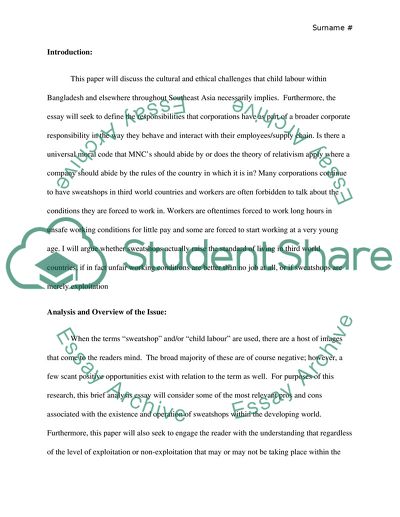Cite this document
(“Child Labour in Bangladesh Essay Example | Topics and Well Written Essays - 1500 words”, n.d.)
Retrieved from https://studentshare.org/miscellaneous/1623947-child-labour-in-bangladesh
Retrieved from https://studentshare.org/miscellaneous/1623947-child-labour-in-bangladesh
(Child Labour in Bangladesh Essay Example | Topics and Well Written Essays - 1500 Words)
https://studentshare.org/miscellaneous/1623947-child-labour-in-bangladesh.
https://studentshare.org/miscellaneous/1623947-child-labour-in-bangladesh.
“Child Labour in Bangladesh Essay Example | Topics and Well Written Essays - 1500 Words”, n.d. https://studentshare.org/miscellaneous/1623947-child-labour-in-bangladesh.


